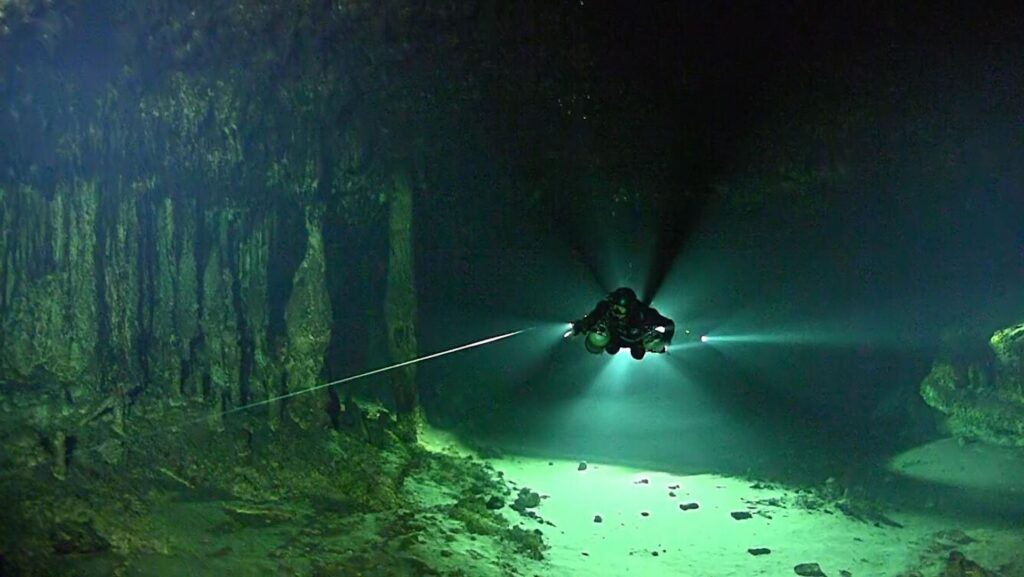simple facts
Name: Sistema Ox Bel Ha
Location: Quintana Roo, Yucatan Peninsula, Mexico
Coordinates: 20.18507611995248, -87.49650948586978
Why it’s unbelievable: This massive submerged cave system is one of the longest in the world and is home to many spectacular features and ruins.
Sistema Ox Velha, which means “three channels” in the local Mayan language, is a vast submerged labyrinth that extends at least 326 miles (524 kilometers) underground, according to the Quintana Roo Aquifer System Research Center (CINDAQ). This makes it the longest submerged system in the world and the second-longest cave system, after the 426-mile-long (686 km) Mammoth Cave in Kentucky.
According to a 2020 study, the Yucatan Peninsula has some huge caves because it has a thin layer of topsoil covering water-soluble limestone, allowing rainwater to quickly flow into caves below the surface. This is also the reason why there are so few rivers in this area.
Caves form through a process called karstification, where rainwater dissolves calcium carbonate in limestone. In the case of Ox Bel Ha, this process is further enhanced as fresh water meets salt water that enters the system from the ocean.
you may like
Fresh and salt water form distinct layers and meet at points in the cave water called haloclinum. This line is variable at Ox Bel Ha, varying from 33 feet (10 meters) near the saltwater coast to depths of 66 feet (20 meters) further inland. CINDAQ estimates that the system is 27% seawater and 73% freshwater. This freshwater feeds the vast Mayan aquifer, which is the region’s only source of drinking water.
The process of karstification can cause cave roofs to collapse, forming exposed pools and sinkholes known as cenotes. According to CINDAQ, Ox Bel Ha has at least 160 cenotes, which are important sources of water for animals and the ecosystem. The organization has recently recorded many species around the cenote, including cougars (Puma concolor), jaguars (Panthera onca), and various deer and other animals.
This system also supports a variety of subsurface organisms. In 2018, scientists discovered that underground systems support the ecosystem with methane. Methane forms under the jungle floor and then moves into caves, where microorganisms and bacteria consume the methane. These serve as food for several species of fish, including cave-dwelling crustaceans and eyeless albino cavefish.
Ox Bel Ha operates near the historic Mayan town of Tulum. The ancient Mayans believed that cenotes were the gateway to Xibalba, the Mayan underworld. These pools, along with the nearby pool of Sistema Sac Actun, have yielded a number of important archaeological discoveries.
Most notably, researchers discovered the remains of a 25- to 30-year-old woman named Eve of Naharon, which could date back 13,700 years, making it the oldest human remains ever found in the Americas. However, a 2021 review notes that this date has not been replicated or verified. Evidence suggests that the woman was intentionally placed on the floor of the cave, which was not flooded at the time, but this is also not clear, the 2020 study notes.
CINDAQ says the Ox Bel Ha system is under threat from construction and development, such as the Maya Train and Tulum International Airport, which are already operating under many urban areas. This makes studying and mapping vast underwater systems of great importance, CINDAQ added.
Discover more amazing places, highlighting the amazing history and science behind some of the most dramatic landscapes on Earth.

watch on
Source link

